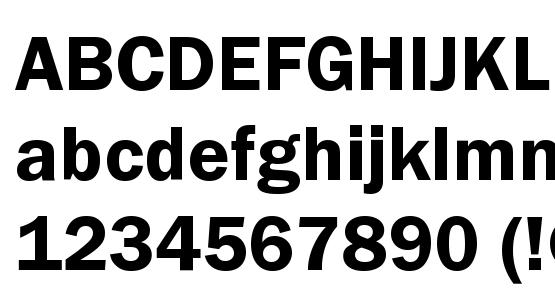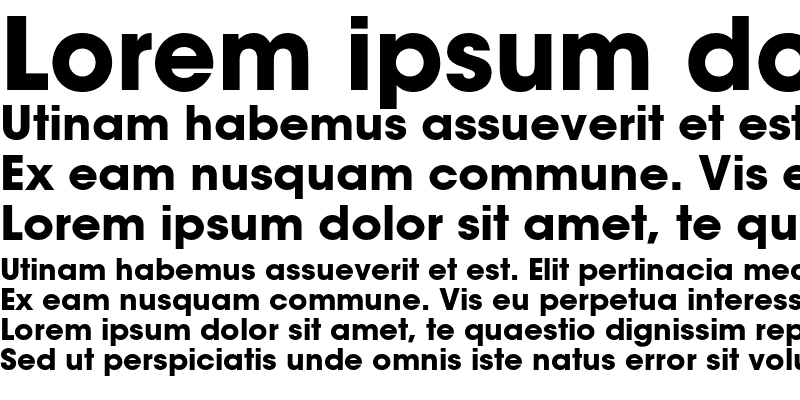

Since the late 1990s, Copperplate Gothic has been included in various versions of Microsoft Windows and Office, leading to an explosion in its use in a variety of contexts. This use is parodied to great comic effect in the film adaptation of Bret Easton Ellis’s American Psycho (2000), wherein Paul Allen’s much-envied business card features Copperplate Gothic type. Law offices, accounting firms, banks and other upscale establishments have often employed Copperplate Gothic in advertising, letterheads and business cards. Suggested uses of Copperplate Gothic’s various sizes, weights and cuts were published in ATF’s American Specimen Book of Type Styles (1912), as seen below.Ĭopperplate Gothic quickly became the preferred typeface for businesses that wished to lend their brand a degree of authority and sophistication.

Upon its introduction, ATF marketed Copperplate Gothic as a display type suitable for titles, headings, signs and stationery.

Most notably, Copperplate Gothic contains only capitals, which ensures that any text will evoke Roman inscriptions. Like Roman capitals, the type is wide and the round letters (C, G, O and Q) are elliptical, lending any text a certain horizontal heaviness and gravitas. Even though it is called “Gothic,” Copperplate Gothic features small and simple, yet elegant, glyphic serifs. Regarding earlier type designers, Goudy famously said: “The old fellows stole all of our best ideas.”Ĭopperplate Gothic imbues a modern Gothic (i.e., sans-serif) typeface with the ancient, glyphic sensibility of Roman square capitals ( capitalis monumentalis). As one of the most prolific type designers of the Twentieth Century, Goudy specialized in reviving and reinterpreting classic type styles- Blackletter and Classical/Old Style-for a modern American milieu. Goudy (1865–1947) designed Copperplate Gothic for American Type Founders (ATF) in 1901. Beyond the level of personal preference, however, each typeface represents a set of meanings and associations, which in turn dictate how the pro-SB 101 sign was meant to be seen and understood by the viewer/reader.įrederic W. Copperplate Gothic Bold (“Protect” and “Freedom”) and Papyrus (“Religious”) are ubiquitous these days, and each has its fair share of devotees and detractors.

While many people might not be able to identify these typefaces by name, they are almost certainly familiar with both. Last month, while watching the Daily Show’s coverage of Indiana Senate Bill 101 (the so-called Religious Freedom Restoration Act), the signs held by the bill’s supporters caught my eye:įor the sake of legibility, here is a closer and sharper photograph of the design:


 0 kommentar(er)
0 kommentar(er)
